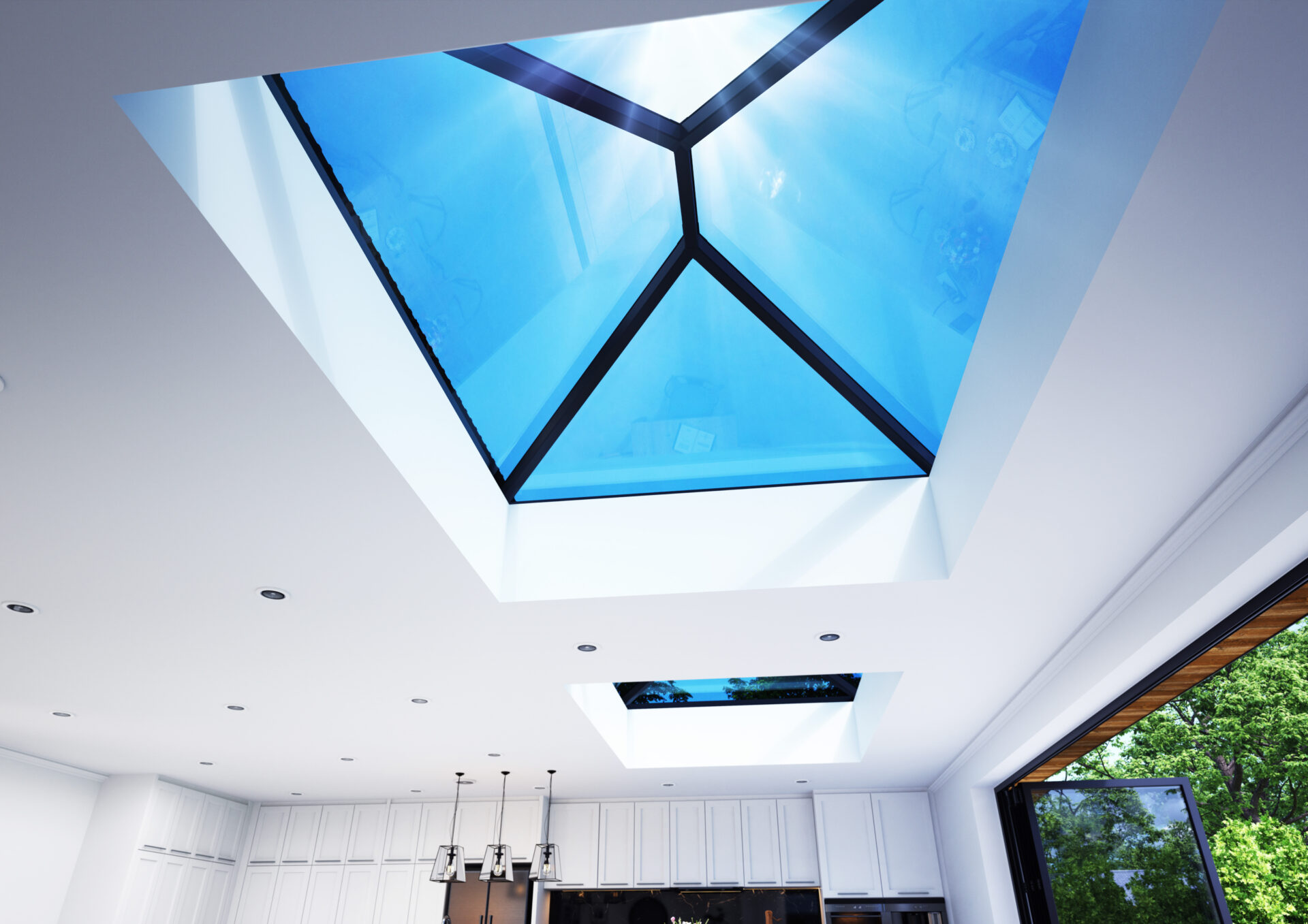Last Updated on 15 November 2024 by Tia Ellahi
If your considering adding roof lanterns to your home, you are going to have questions, it’s normal! Truth be told, in close to 20 years and after some 150,000 customer home installations, we’ve been asked them all (we think!) We are here to help, so heres the 10 most common questions we’ve been asked.
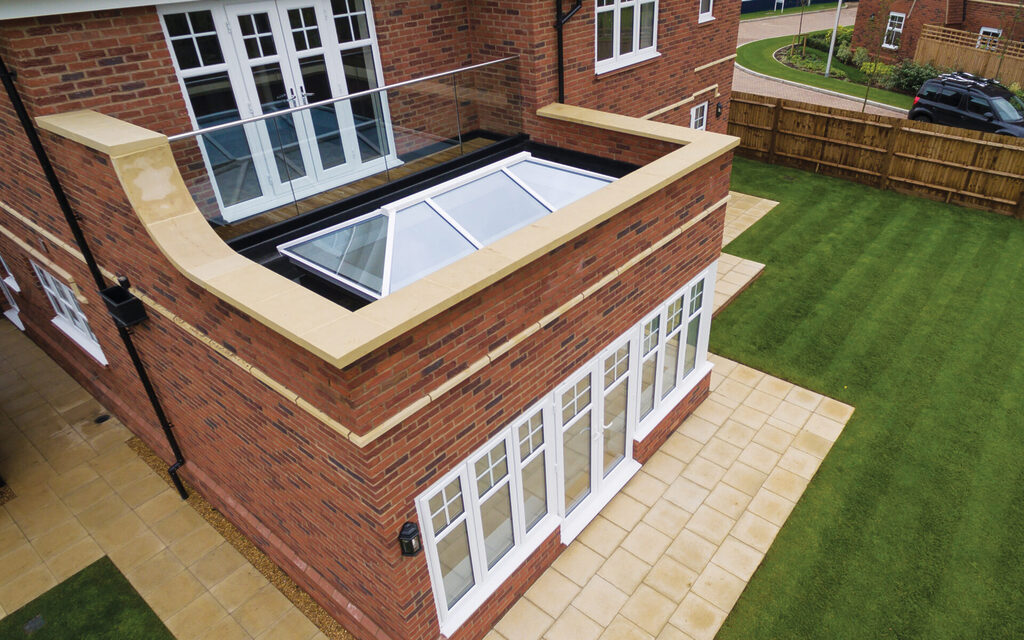
Roof Lantern : 10 Most Common Questions Answered
- What is a Roof Lantern?
- Are Roof Lanterns a Good Idea?
- Are Roof Lanterns Cold?
- Are Roof Lanterns Noisy When It Rains?
- Do I need Planning Permission for a Roof Lantern?
- Do Roof Lanterns Make a Room Hot?
- Does a Roof Lantern Let In More Light?
- How Much are Roof Lanterns?
- How to Fit a Roof Lantern?
Roof Lantern Questions Answered
What is a Roof Lantern?
A roof lantern is a stylish and functional addition to your home, designed to bring natural light into the spaces below. Despite its name, a roof lantern is not a hanging light fixture. Instead, it is a glass structure installed on a flat or low-pitched roof, providing a stunning way to illuminate your rooms.
Unlike traditional vertical windows, roof lanterns are positioned on the roof, allowing maximum sunlight to flood into your living spaces. This not only brightens up your home but also adds a touch of architectural elegance. Roof lanterns can enhance the aesthetic appeal and value of your property, making your home feel more open and airy.
If you’re looking to transform your living space with natural light and beautiful design, a roof lantern might be the perfect choice for your home.
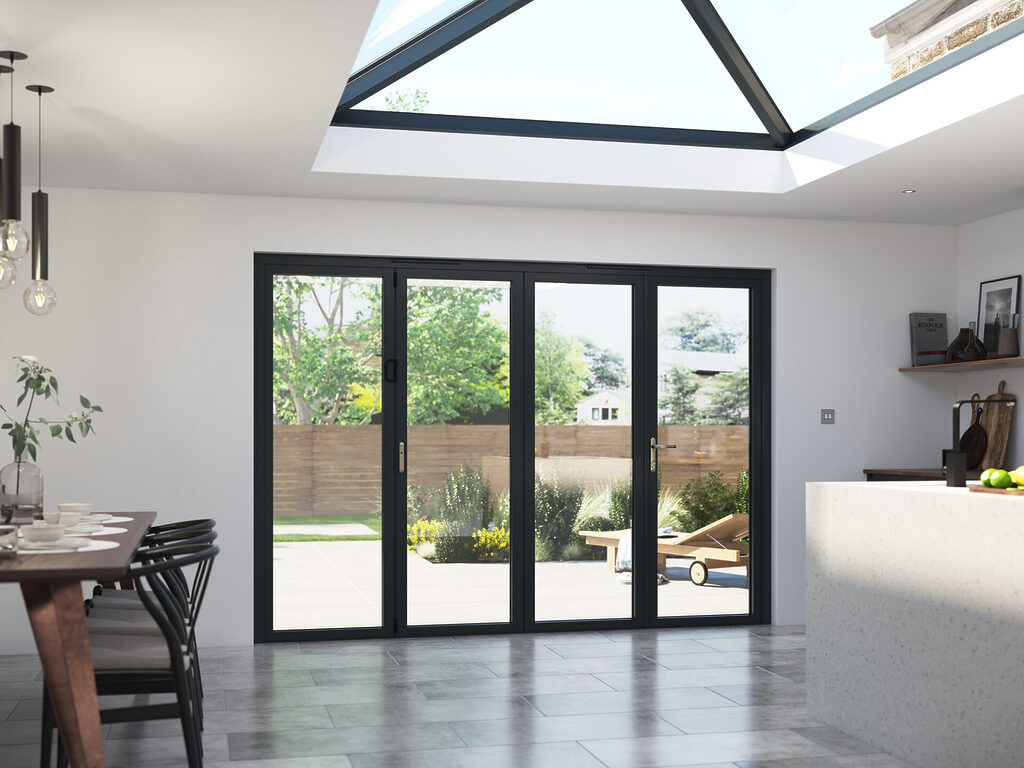
Are Roof Lanterns A Good Idea?
When considering ways to enhance both the look and functionality of your home, roof lanterns often stand out as a fantastic option. These beautiful architectural features not only elevate your home’s aesthetic appeal but also flood your rooms with natural sunlight, creating a feeling of greater space and openness.
However, before deciding to install a roof lantern, there are a few important factors to consider. Roof lanterns can significantly improve your home’s ambiance and potentially increase its value, but it’s crucial to think about aspects such as energy efficiency and any planning permissions that might be required.
In this guide, we’ll cover everything you need to know about roof lanterns, including their benefits, energy efficiency, and the impact they can have on your home’s value. We’ll also address common questions and help you determine if a roof lantern is the right choice for your home improvement project.
Additional Suggested Reading : Are Roof Lanterns a Good Idea?
Are Roof Lanterns Cold?
Roof lanterns, when properly installed, are not cold. Modern roof lanterns are designed with advanced glazing and insulation technologies to ensure they are energy efficient. High-quality roof lanterns feature double or even triple glazing, which helps to keep your home warm by preventing heat from escaping.
Additionally, many roof lanterns come with thermal breaks in the frame, further enhancing their insulation properties. This means that not only do they allow plenty of natural light into your home, but they also help maintain a comfortable indoor temperature, even during the colder months.
If you’re concerned about energy efficiency and warmth, make sure to choose a roof lantern from a reputable supplier that offers these insulating features. This way, you can enjoy the beauty and benefits of a roof lantern without worrying about it making your home cold.
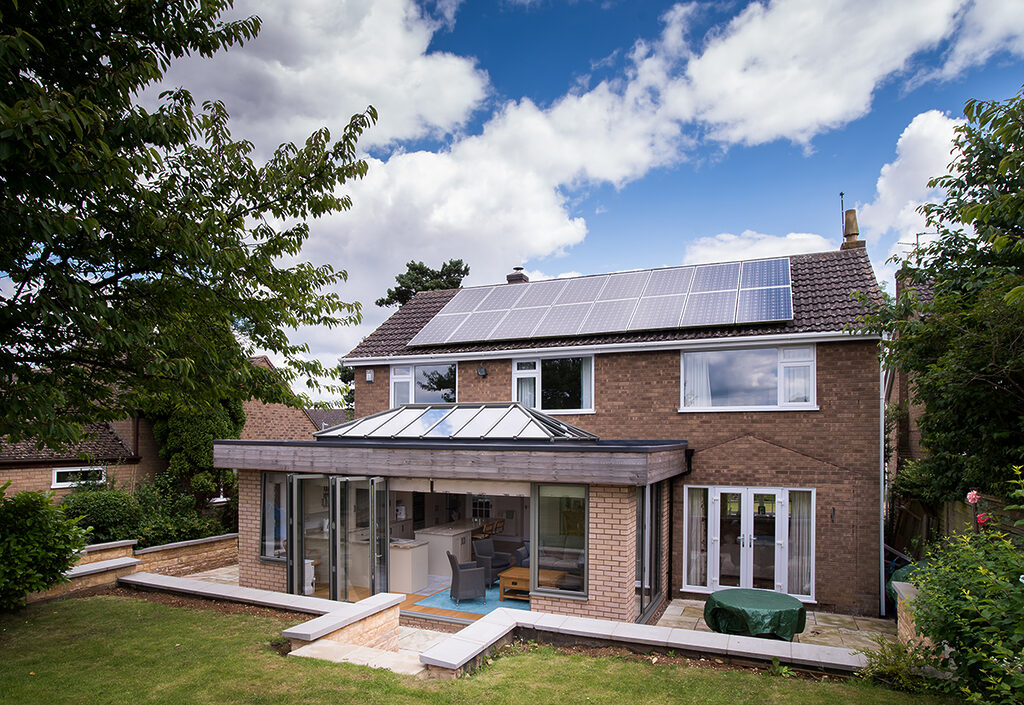
Are Roof Lanterns Noisy When It Rains?
One of the most common concerns about roof lanterns is the potential noise from rain. Given their large, glazed surfaces, it’s easy to assume they might be quite loud during a downpour. However, the reality may surprise you. While roof lanterns can be noisier than a traditional tiled roof, they are not as loud as you might expect.
Here in the UK, rain is a frequent occurrence, and we do experience heavy downpours from time to time. With a roof lantern, you will certainly hear the rain, but it won’t be so loud as to be unbearable. In fact, many people find the sound of rain on glass to be quite soothing and a charming aspect of having a roof lantern.
Thanks to modern glazing technology, excessive noise from rain is effectively minimized. High-quality roof lanterns come with double glazing as standard, and the air gaps between the panes help to reduce noise significantly. Additionally, these roof lanterns are installed with tight seals, which further cut down on noise. Even with aluminium frames, which are designed to be slim and sleek, noise absorption is highly effective.
So, while you might hear the rain on your roof lantern, it’s unlikely to be disruptive. Instead, it can add a pleasant ambiance to your home, allowing you to enjoy the natural elements from the comfort of your indoor space.
Do I need Planning Permission for a Roof Lantern?
Perhaps the biggest question asked after pricing concerns planning permission. As we cover the entire UK, we are aware that planning can vary from area to area. So we would always advise doing some local investigation, just to be 100% A great source to check out is The Planning Portal
But in general :
Generally, planning permission is not required for a roof lantern installation, provided certain permitted development rules are adhered to. Here’s what you need to know:
- Height Restrictions: The roof lantern must not extend more than 150mm above the existing roof plane and must not be higher than the highest part of the roof.
- Positioning: If the roof lantern is positioned on a side elevation roof slope, it must use obscure glazing.
- Openings: No roof openings are allowed unless the height from the floor to the opening is at least 1.7m.
Steps to Ensure Compliance
- Check Regulations: Before starting your project, it’s crucial to check if your proposed plans comply with both Planning and Building Regulations. This includes considering your budget, finding a reputable FENSA-certified manufacturer, and setting a realistic project timeframe.
- Consult a Professional: Always discuss your roof lantern plans with a professional who can provide tailored advice and ensure compliance with all necessary regulations.
Special Considerations
- Property Type: The general permitted development rights apply to houses but not to flats, maisonettes, converted houses, or houses created through permitted development rights.
- Sensitive Locations: If you live in a conservation area, green belt, World Heritage Site, national park, or Area of Outstanding Natural Beauty, stricter rules and regulations will apply. It’s advisable to check with the Conservation Officer at your local planning office or refer to the Planning Portal for further advice.
- Article 4 Directions: In some areas, permitted development rights may be restricted by an Article 4 Direction or specific planning conditions attached to previous alterations.
Building Regulations
Energy efficiency is a significant concern in these projects. ‘Part L’ of the Building Regulations requires improved thermal performance, especially for flat roofs. Ensuring your roof lantern is manufactured and fitted by a FENSA registered installer can help you comply with these regulations. FENSA registered installers can self-certify the installation, providing peace of mind that your roof lantern meets all necessary standards.
Summary
While most roof lantern installations won’t require full planning permission, it’s essential to check and ensure your project meets all necessary guidelines and regulations. Consulting with professionals and adhering to building regulations will help ensure a smooth and compliant installation process.
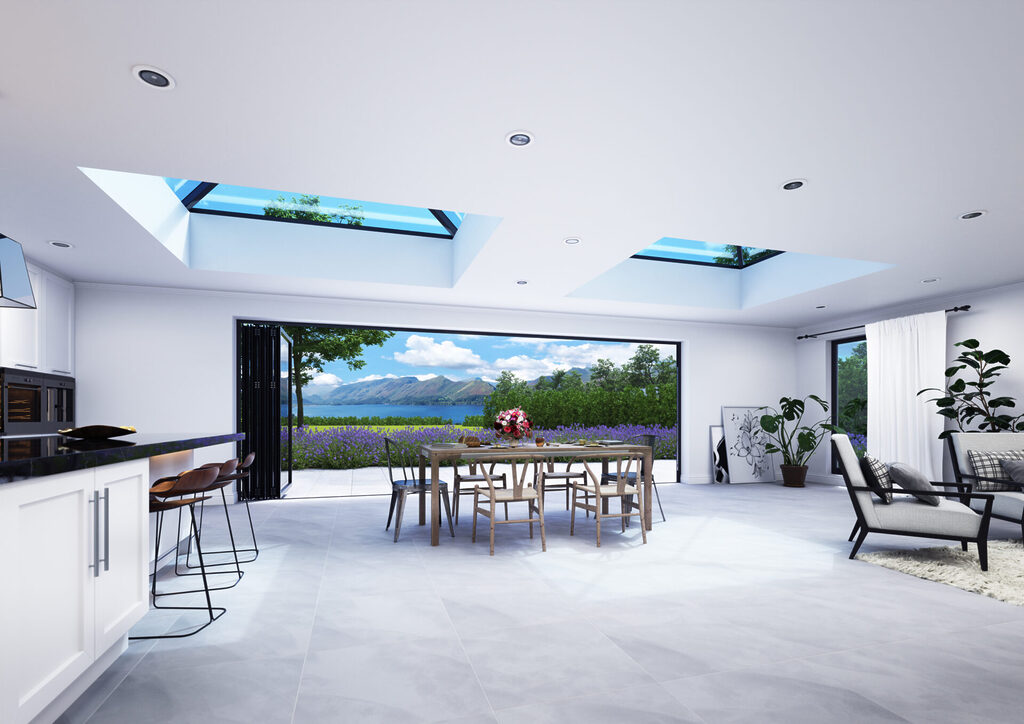
Do Roof Lanterns Make a Room Hot?
The potential for roof lanterns to make a room hot, especially during the summer months, is a common concern. However, the right choice of glazing and additional features can effectively manage and control heat.
Key Factors in Heat Control
1. Specialist Glazing: Modern roof lanterns often come with specialist glazing that is designed to reflect solar heat. This type of glazing can reflect up to 78% of solar heat, significantly reducing the amount of heat that enters the room. This ensures that your room remains comfortable even on hot days.
2. Roof Vents: Incorporating roof vents into the design of your roof lantern can further enhance temperature control. These vents allow for increased airflow, helping to cool down the room without compromising the thermal efficiency of the roof lantern.
3. Blinds: Installing blinds on your roof lantern can be an effective way to block out the sun’s warmth when needed. Blinds offer a simple yet efficient solution to maintaining a comfortable indoor temperature, providing shade and reducing heat gain.
Build Quality Matters
As with most features in your home, the build quality of your roof lantern plays a significant role in its overall performance. High-quality roof lanterns with proper installation and specialist glazing will minimize unwanted heat while still allowing plenty of natural light.
Conclusion
Roof lanterns do have the potential to make a room warmer, but with the right glazing, integrated roof vents, and the use of blinds, you can effectively control and manage the temperature. Investing in a high-quality roof lantern and considering these additional features will ensure that your room stays comfortable throughout the year, even during the hotter months.
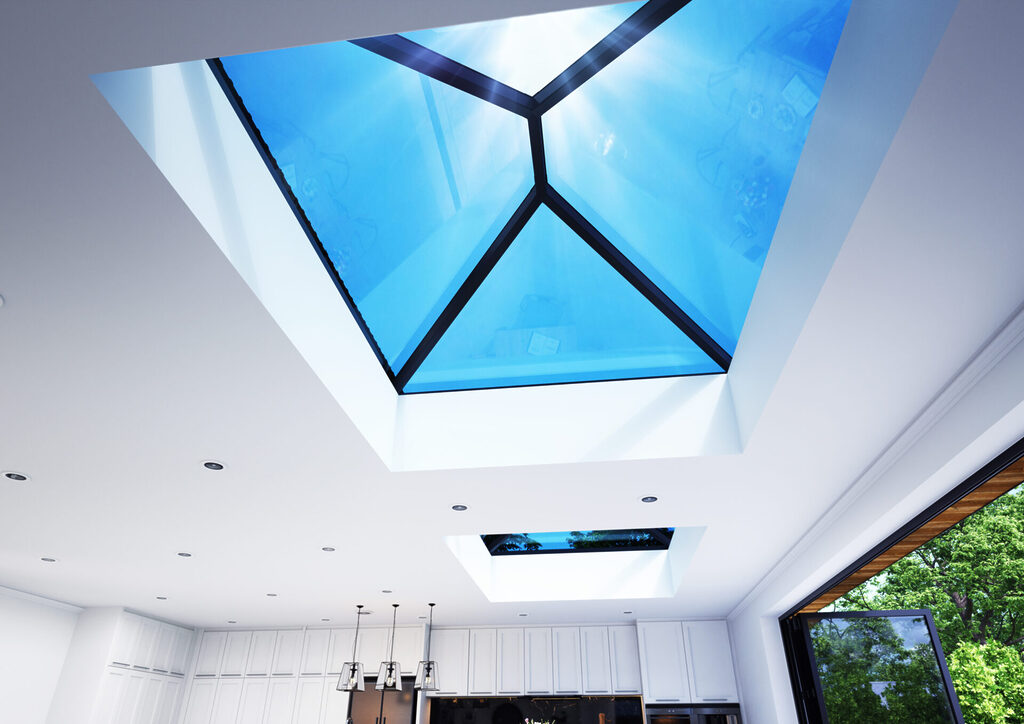
Does a Roof Lantern Let In More Light?
YES!
If you’re looking to brighten up your room or commercial property with natural sunlight, choosing between a roof lantern and a traditional flat skylight is an important decision. Both options will significantly enhance the ambiance and value of your space, but understanding the distinct advantages of each can help you make the best choice.
Maximizing Natural Light with Roof Lanterns
1. Larger Surface Area: Roof lanterns typically feature a larger surface area compared to traditional skylights. This expansive design allows for more natural light to flood into your room, creating a bright and airy atmosphere that can transform the feel of the space.
2. Elevated Structure: The elevated structure of a roof lantern captures light from multiple angles throughout the day. Unlike flat skylights, which are limited to direct overhead light, roof lanterns can harness light from various directions, ensuring your room is consistently well-lit.
3. Enhanced Aesthetic Appeal: Roof lanterns not only provide superior illumination but also add a stunning architectural feature to your property. Their elegant design can enhance the visual appeal of both modern and traditional homes, making them a stylish addition that also serves a practical purpose.
4. Versatile Frame Options: Roof lanterns offer more frame options than traditional skylights, allowing you to customize the look to suit your home’s style. Whether you prefer sleek, contemporary frames or more ornate, classic designs, there’s a roof lantern to match your aesthetic.
5. Improved Energy Efficiency: Modern roof lanterns come with advanced glazing options that not only maximize light entry but also improve energy efficiency. These glazing technologies help to maintain indoor temperatures, reducing the need for artificial lighting and lowering energy costs.
Why Choose a Roof Lantern?
When it comes to filling your space with natural light, a roof lantern is an excellent choice. Its larger surface area, elevated design, and versatile frame options make it superior in bringing more light into your room compared to traditional flat skylights. Additionally, the aesthetic and energy-efficient benefits further enhance the value of choosing a roof lantern.
If you’re ready to transform your home or commercial property with abundant natural light and elegant design, a roof lantern could be the perfect solution. Explore the options available and bring a new level of brightness and beauty to your space.
How Much are Roof Lanterns?
Roof Lanterns Start at just £896 for a 1000mm x 1000mm Korniche Roof Lantern
Roof Lights start at just £632 for a 1000mm x 1000m Korniche Flat Glass
both of which can be ordered online, for smaller sizes not listed, we can do and even cheaper price! please speak to one of our experts for more information.
For many this is the first question asked. But we believe the cost is only a consideration when you take into account all the benefits.
The cost of roof lanterns can vary widely depending on several factors, including size, glass type, and any additional features you choose to include. For example, Korniche roof lanterns, a popular and high-quality option, start at £499.80 excluding VAT.
Factors Influencing the Cost:
1. Size of the Roof Lantern:
- Minimum Size: The smallest Korniche roof lantern measures 850mm x 850mm.
- Maximum Size: Larger options can go up to 5000mm x 3000mm.
- Custom Sizes: If you need a specific size that falls outside the standard dimensions, bespoke roof lanterns can be manufactured to meet your requirements.
2. Type of Glass:
- The type of glass you choose can also impact the cost. Options might include standard double glazing, triple glazing, or specialized glazing types that offer enhanced thermal efficiency or solar control.
3. Additional Features:
- Additional features such as self-cleaning glass, integrated blinds, or thermal breaks can increase the overall cost but provide added benefits like reduced maintenance and improved energy efficiency.
Cost Breakdown:
- Starting Price: £499.80 excluding VAT for the basic model.
- Customization: Prices will increase based on size, glass type, and additional features.
Getting the Best Value:
At GFD Homes, we ensure you get the best price for your high-quality Korniche roof lantern, no matter the specifications. By offering competitive pricing and a range of customisation options, we provide a solution that meets both your aesthetic and functional needs.
Conclusion:
There is no set cost for roof lanterns as it greatly depends on your specific choices and requirements. To get an accurate quote, consider the size, glass type, and any additional features you desire. Investing in a roof lantern is a great way to enhance your home’s natural light and overall appeal, and with the right choices, you can find an option that fits your budget while providing exceptional quality and performance.
How to Fit a Roof Lantern?
The Simple answer to this, is that each manufacturer has a set of instructions on how to fit their particular product. Whilst most are similar, each is different. We offer both the Korniche Roof Lantern and the Atlas Roof Lantern, please see the fitting instruction videos below.
How to install a Korniche Roof Lantern:
How to Fit an Atlas Roof Lantern:
Roof Lanterns : Conclusion
If you’re considering a roof lantern for your home, this comprehensive guide addresses the most common questions to help you decide. A roof lantern is a glass structure installed on flat or low-pitched roofs, designed to bring in ample natural light and enhance your home’s aesthetic appeal. Roof lanterns are a great idea as they not only illuminate your space but also create a sense of greater openness and can increase property value. Modern roof lanterns are designed to be energy efficient, with advanced glazing and insulation to keep your home warm, and they’re not as noisy as you might think during rain. Planning permission is generally not required if certain rules are followed, though it’s important to check local regulations. Roof lanterns can manage heat effectively with the right glazing, roof vents, and blinds, ensuring comfort throughout the year. They provide more light than traditional skylights due to their larger surface area and elevated structure. Costs vary based on size, glass type, and additional features, starting at around £499.80 excluding VAT for basic models like Korniche. Proper installation is crucial, and following manufacturer guidelines or hiring a professional is recommended. Overall, roof lanterns are a stylish and functional addition, offering numerous benefits and transforming your home with natural light and elegance.
